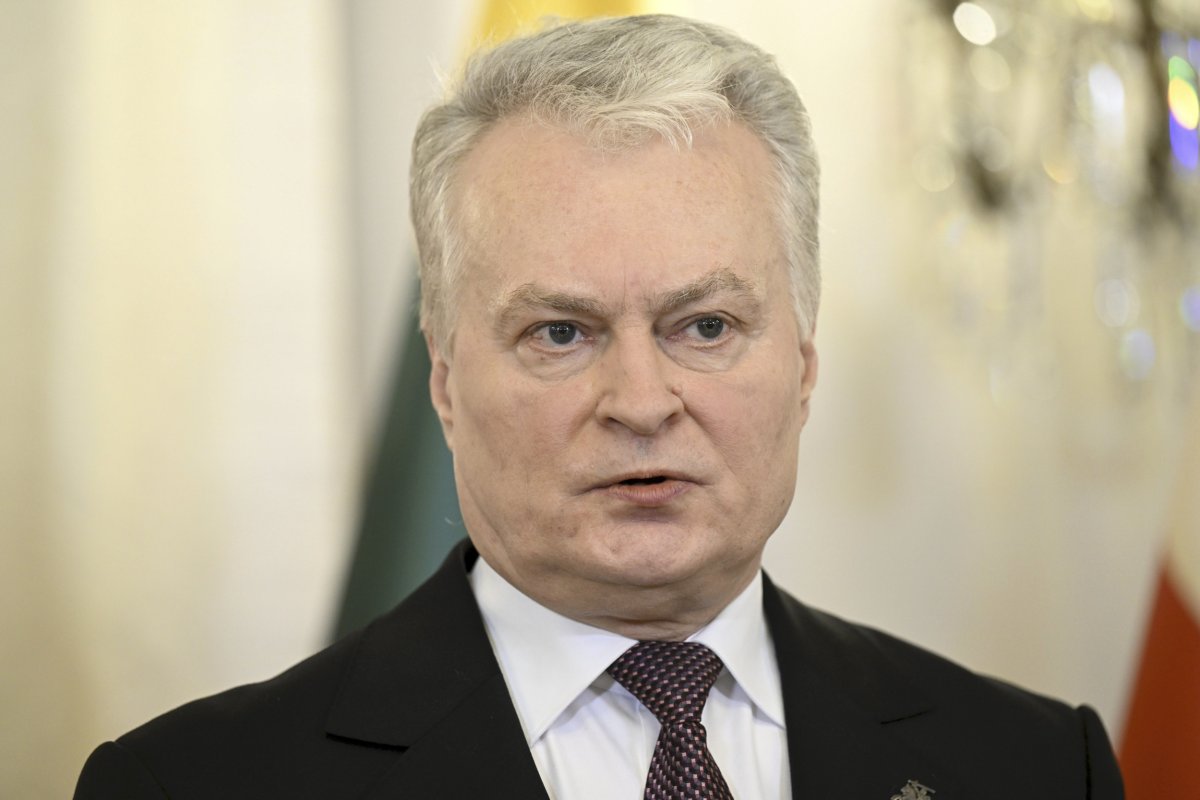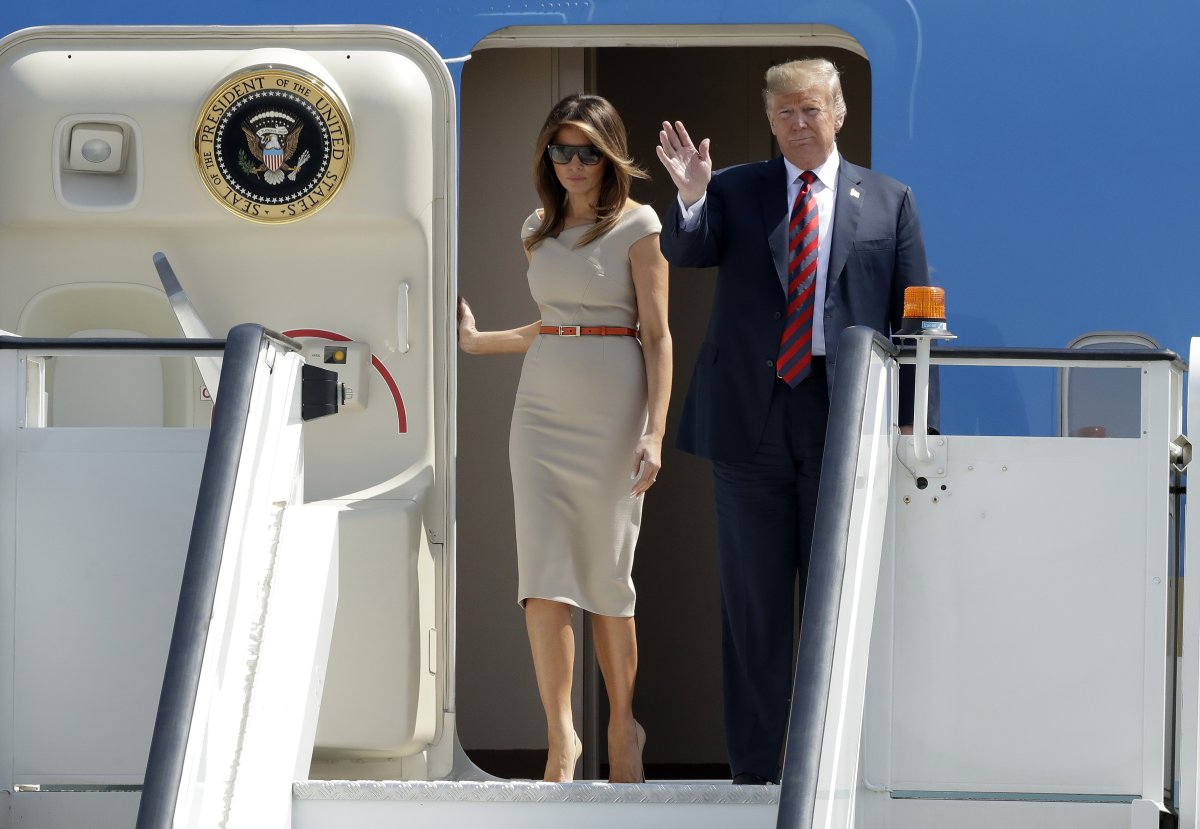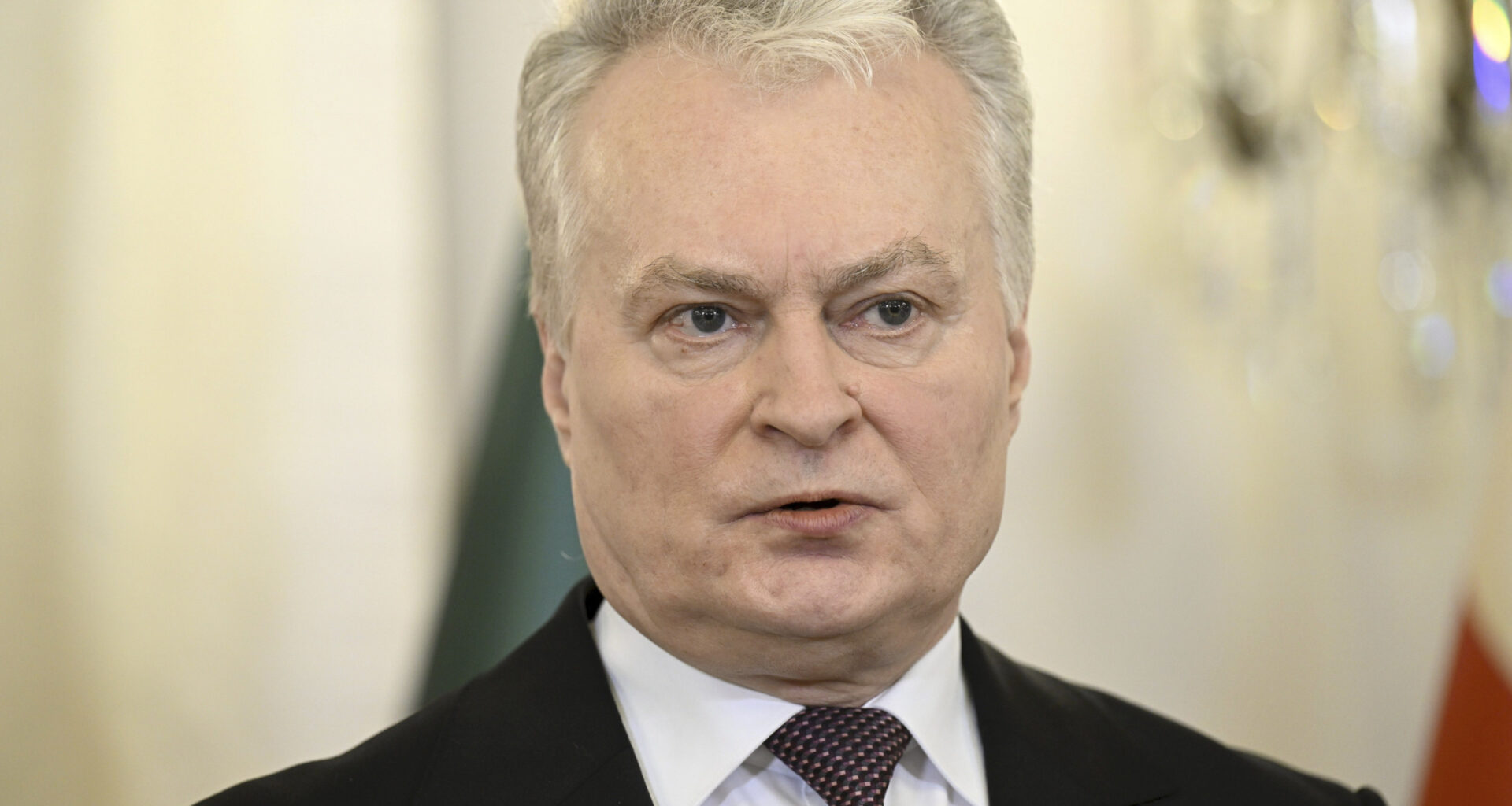In a move to strengthen its national defense, Lithuania has announced plans to increase its defense spending to between 5 percent and 6 percent of its gross domestic product (GDP), starting in 2026.
Currently, Lithuania spends just over 3 percent of its GDP on defense, a figure that places it well below the new target.
Why It Matters
The decision, confirmed by Lithuanian President Gitanas Nausėda on Friday, reflects growing concerns about Russian military aggression in the region, particularly as tensions with Moscow remain high amid the war in Ukraine. The Baltic country shares a border with Russia’s Kaliningrad Oblast.
With the pledge to reach 5 percent, Lithuania will become the first NATO member to meet a defense spending goal recently suggested by President-elect Donald Trump.

President of Lithuania, Gitanas Nauseda, in Helsinki, Finland, January 14, 2025. Lithuania has decided to raise its spending on defense to between 5 percent and 6 percent of overall national economic output, starting in 2026.
President of Lithuania, Gitanas Nauseda, in Helsinki, Finland, January 14, 2025. Lithuania has decided to raise its spending on defense to between 5 percent and 6 percent of overall national economic output, starting in 2026.
Antti Aimo-Koivisto/Lehtikuva via AP
Why Is Lithuania Increasing Its Defense Budget?
The new policy will make Lithuania the highest spender on defense in NATO in percentage terms, surpassing Poland, which currently leads with over 4 percent of GDP allocated to defense.
Trump has called on NATO countries to significantly increase their defense budgets, warning that member states should meet a minimum threshold of 5 percent of GDP, up from the existing 2 percent target.
Trump has long been critical of NATO members who fail to meet defense spending targets. While Lithuania’s new commitment aligns with the incoming president’s calls for greater defense investments, the country’s decision underscores a regional shift toward bolstering military strength in the face of Russian aggression.
Newsweek contacted the Lithuanian government by email on Friday for further comment.

[File] President-elect Donald Trump and former First Lady Melania Trump in London, July 12, 2018. Trump has said NATO countries should spend at least 5 percent of their GDP on defense, up from the current…
[File] President-elect Donald Trump and former First Lady Melania Trump in London, July 12, 2018. Trump has said NATO countries should spend at least 5 percent of their GDP on defense, up from the current 2 percent target.
More
Matt Dunham/AP
What To Know
The move, described by Nausėda as a “historic decision,” was endorsed by the State Defense Council, the country’s top security body.
In addition to defending its borders, Lithuania aims to modernize its military capabilities with the additional funding.
Defense Minister Dovilė Šakalienė confirmed that the extra resources will be used to accelerate the purchase of advanced weaponry, including Leopard tanks, air defense systems, and other essential equipment.
How Will Lithuania Spend Its Increased Defense Budget?
The investment will enable Lithuania to make advance payments and expedite deliveries of critical military assets, which will significantly enhance its readiness and deterrence capabilities.
The announcement comes amid a broader debate over NATO’s future and the role of the U.S. in ensuring the alliance’s security.
What People Are Saying
President Gitanas Nausėda said during a press briefing in the Lithuanian capital, Vilnius: “The possibility of Russian military aggression is still real, but not imminent. We need to increase our efforts to strengthen defense and deterrence significantly, devoting more resources to this end.”
What Happens Now
With Lithuania leading the way, other NATO members may follow suit, increasing their defense budgets as they respond to the growing uncertainty of European security in an era of resurgent Russian power.
This article contains additional reporting from the Associated Press.
